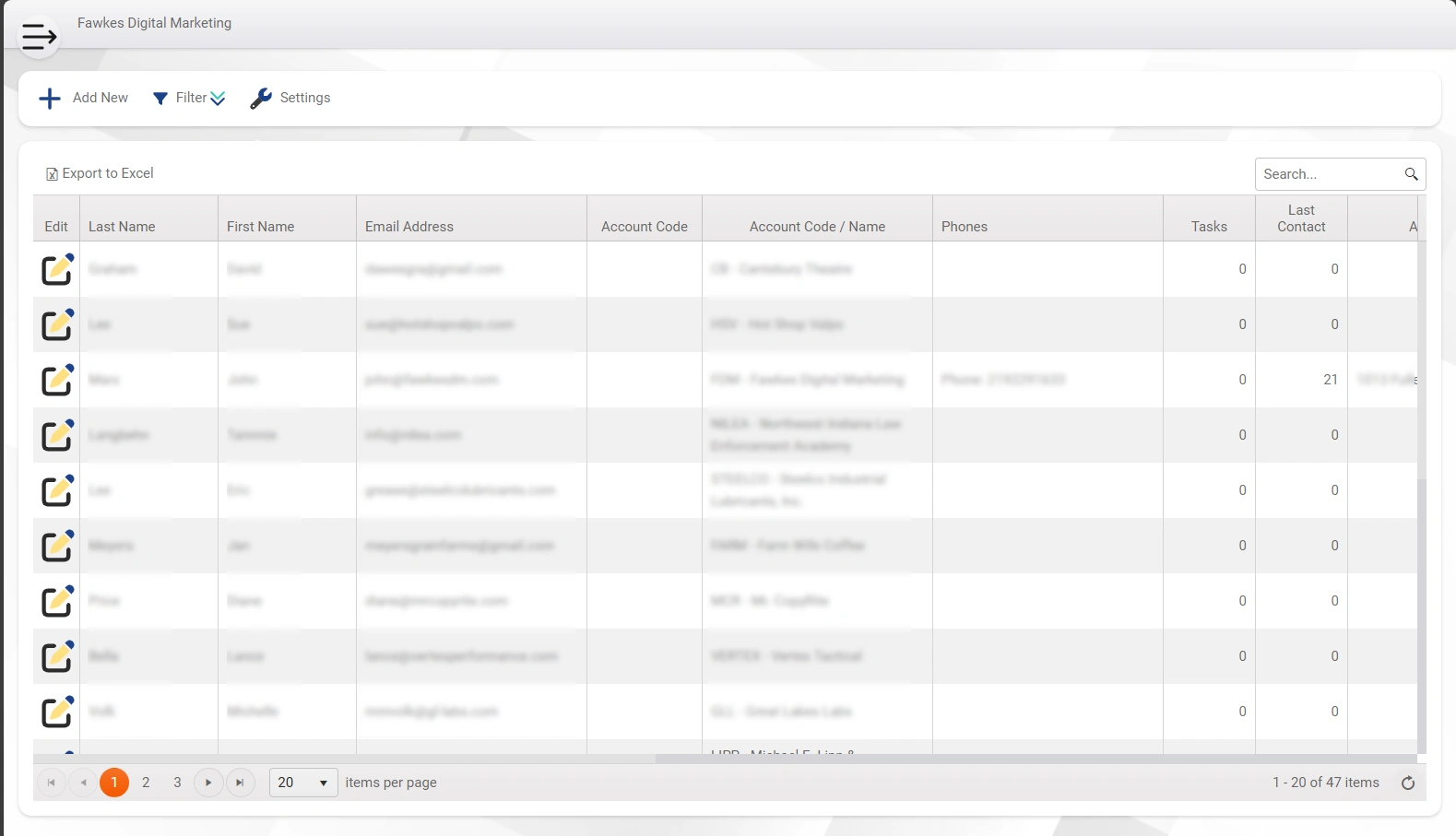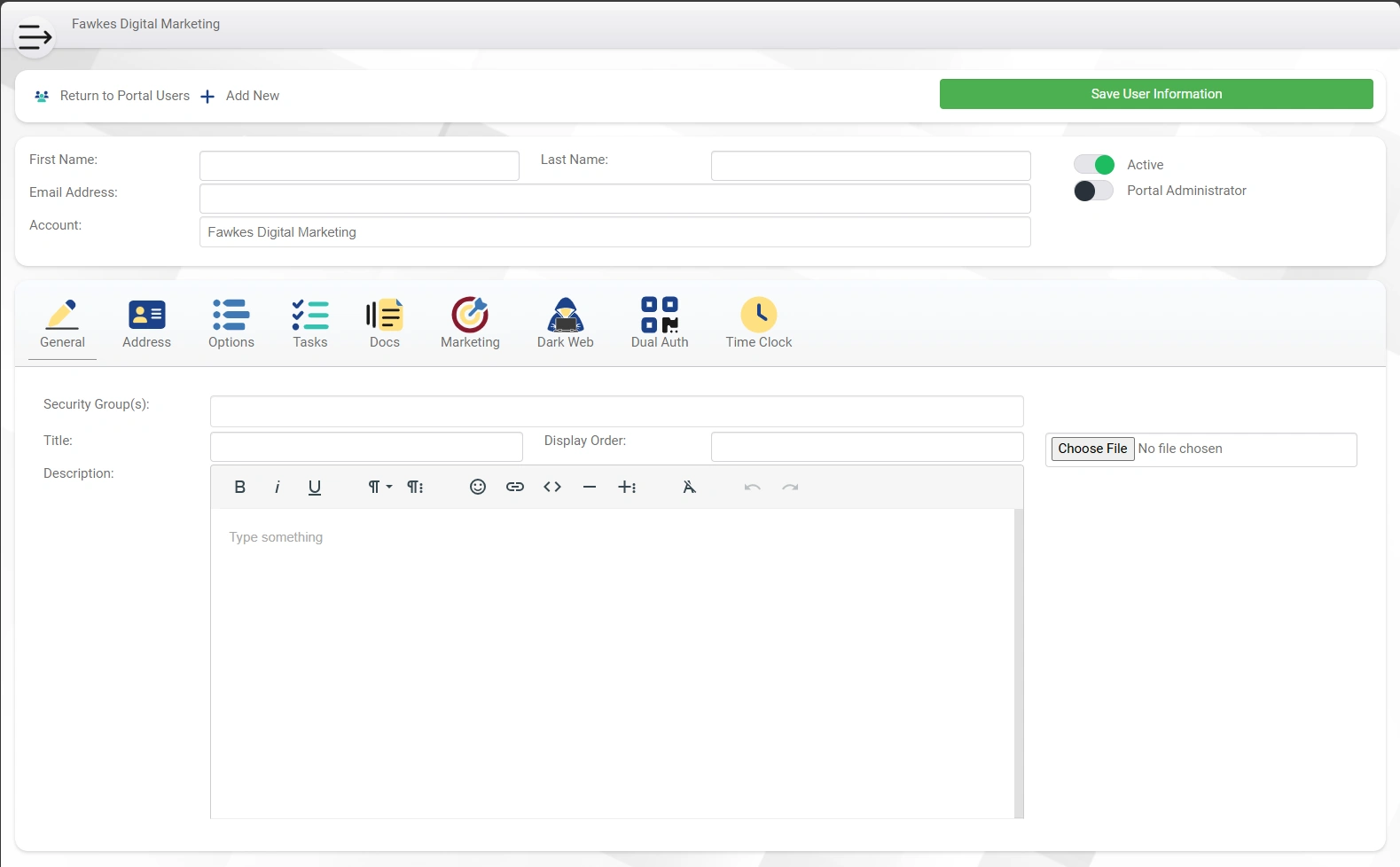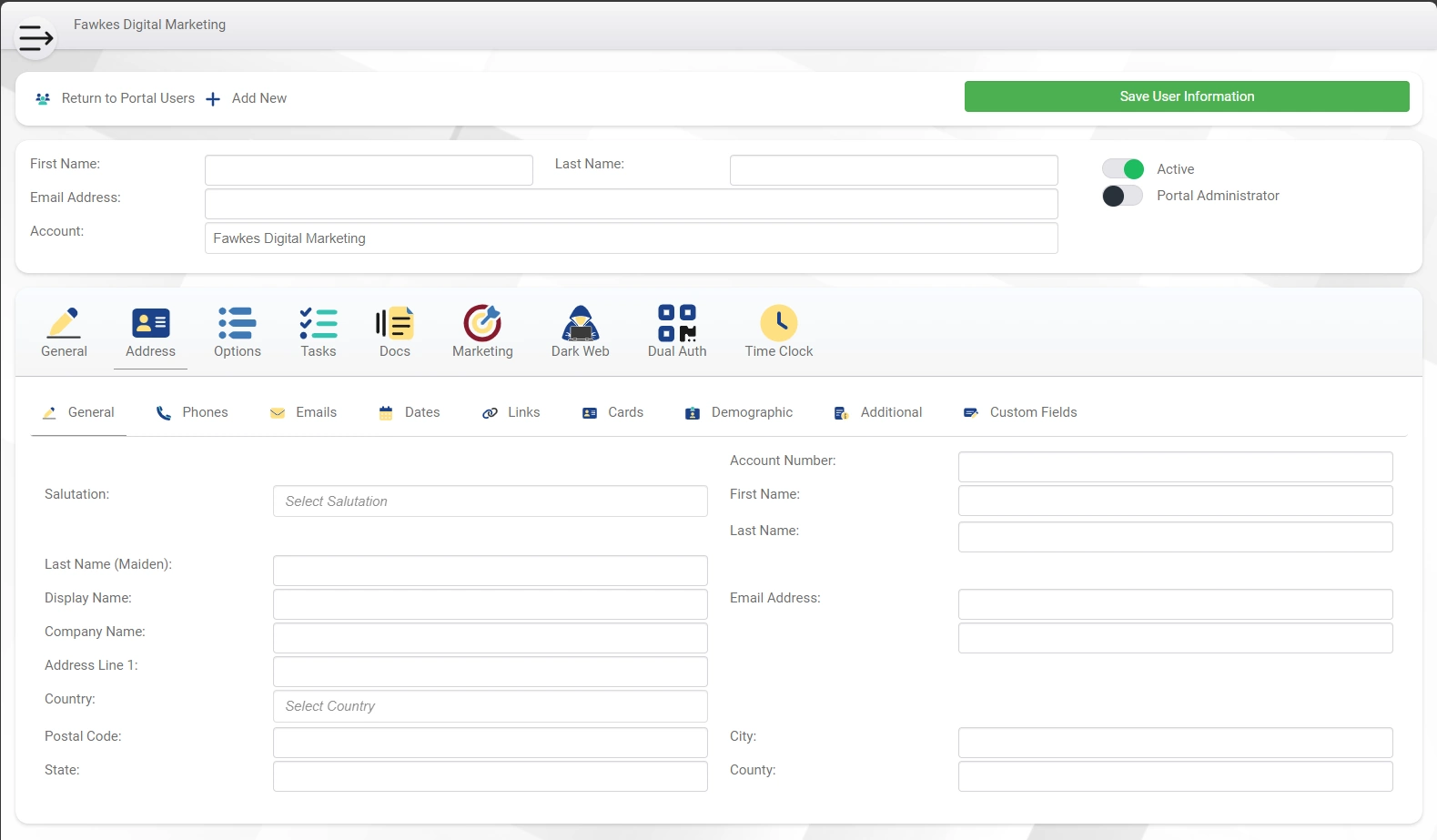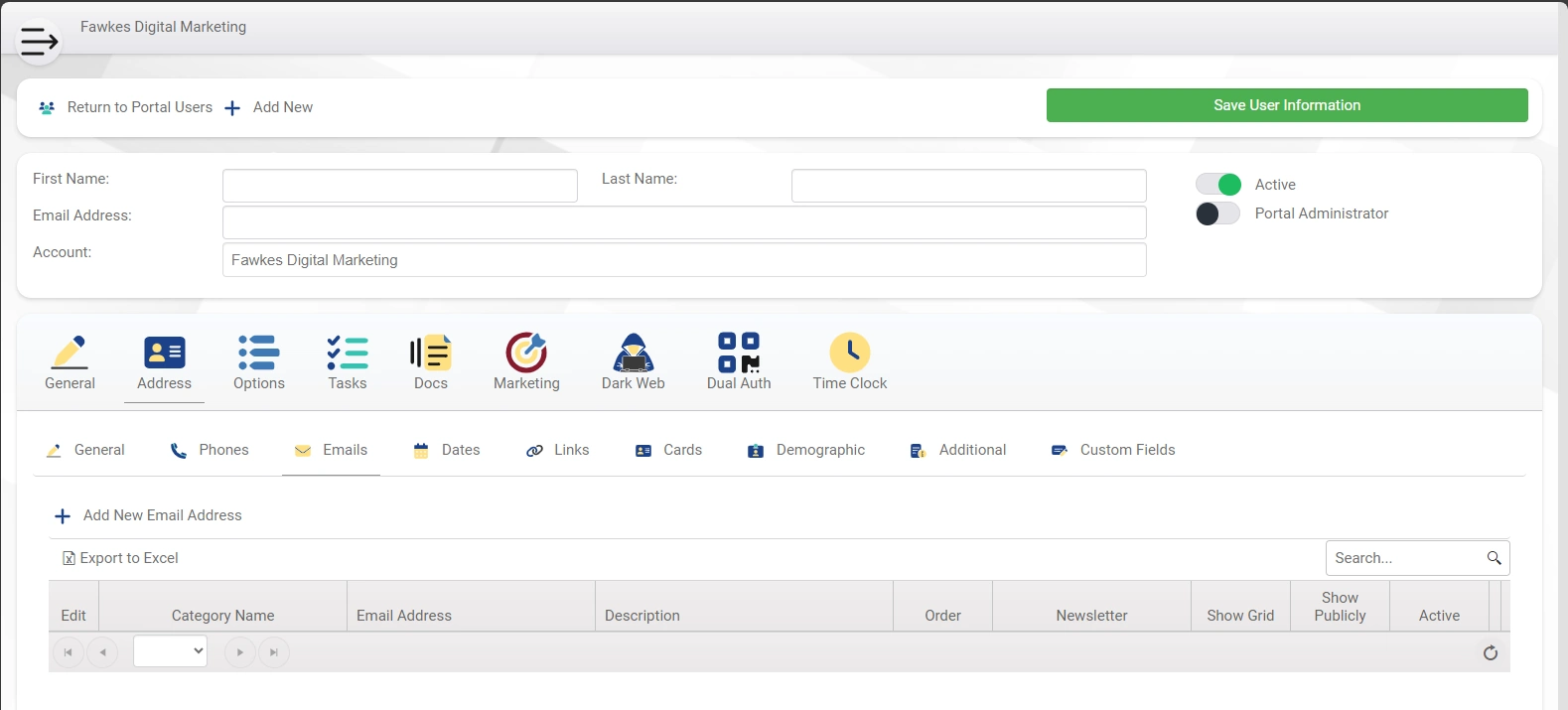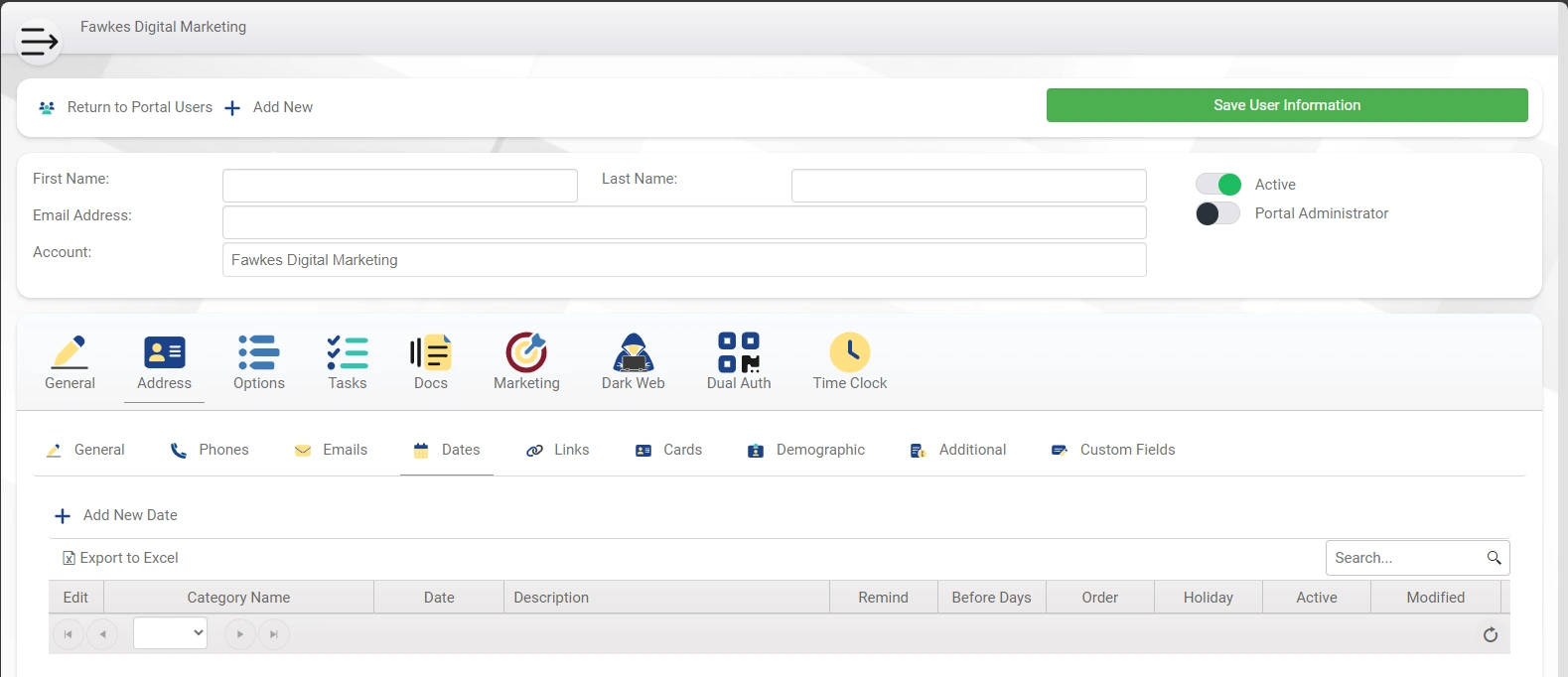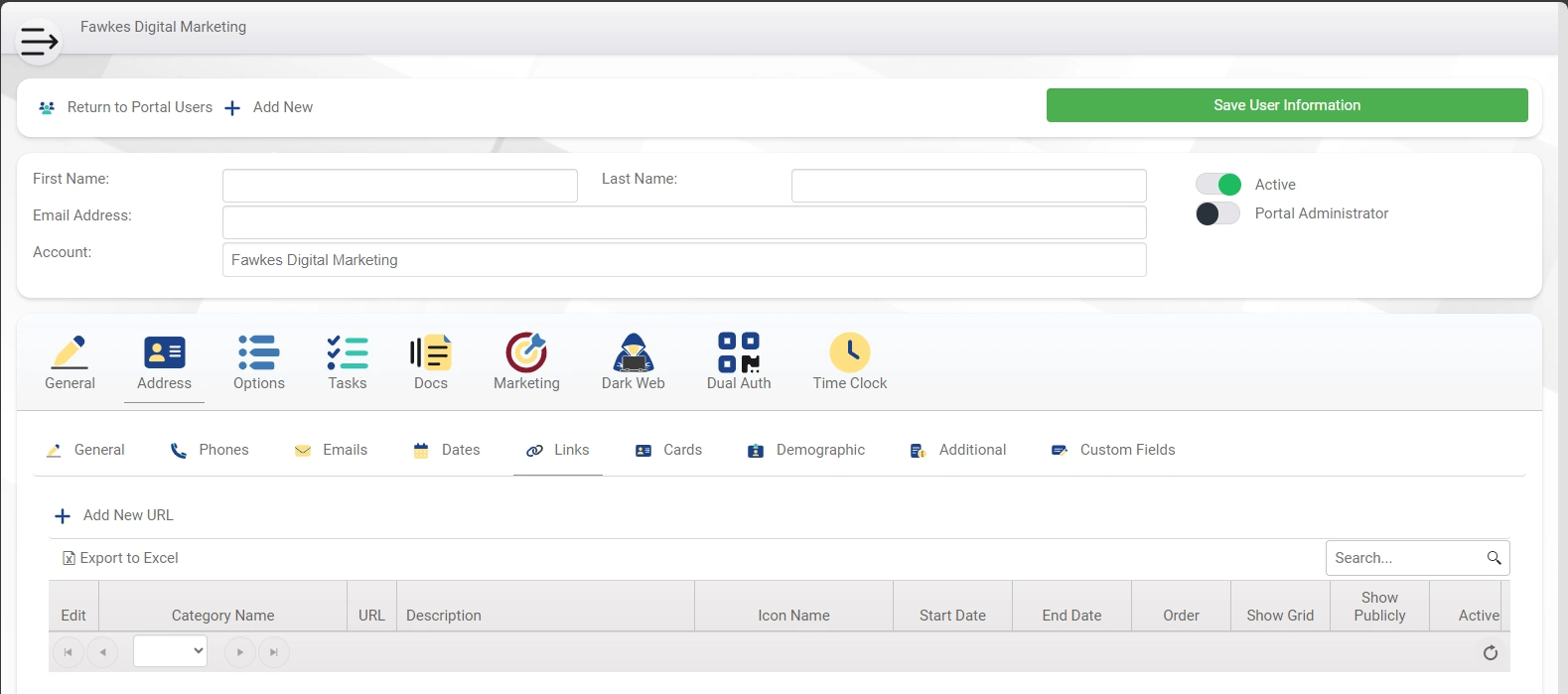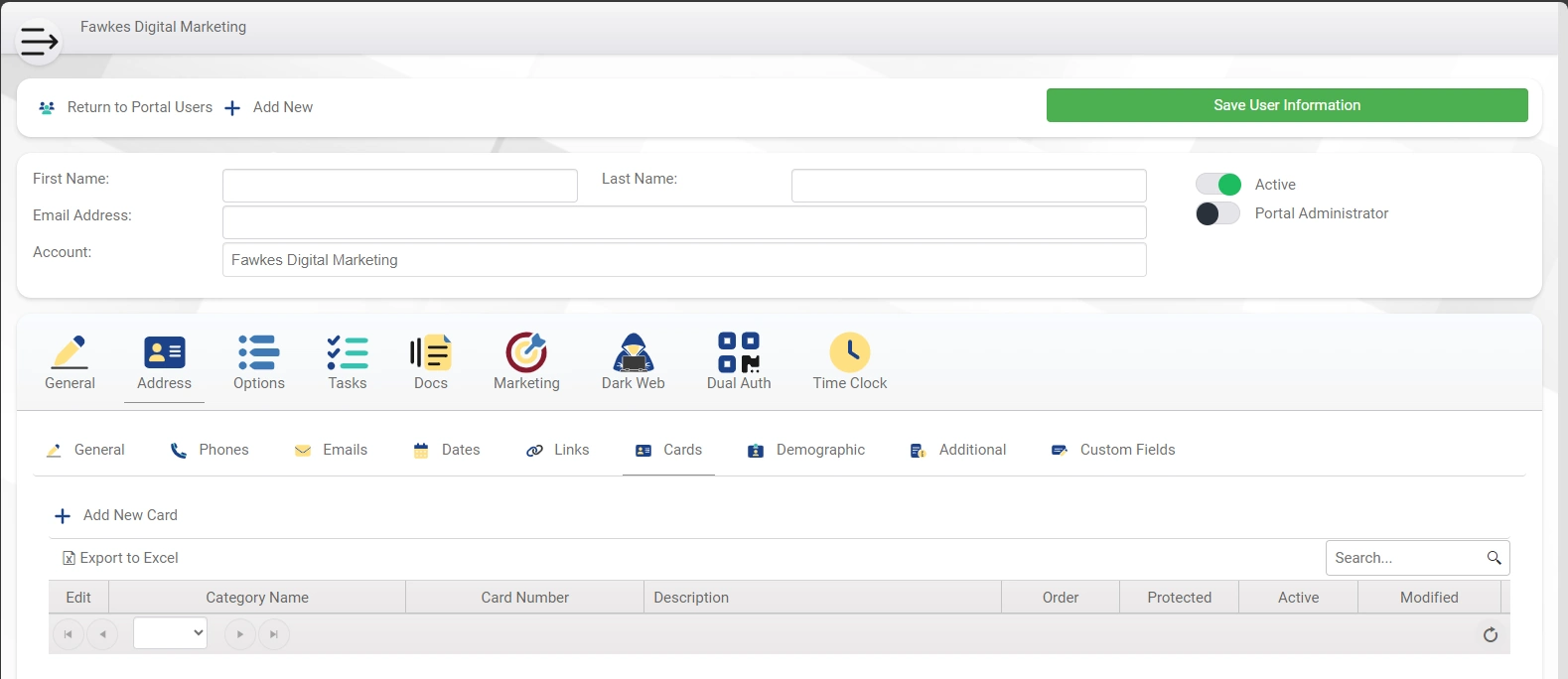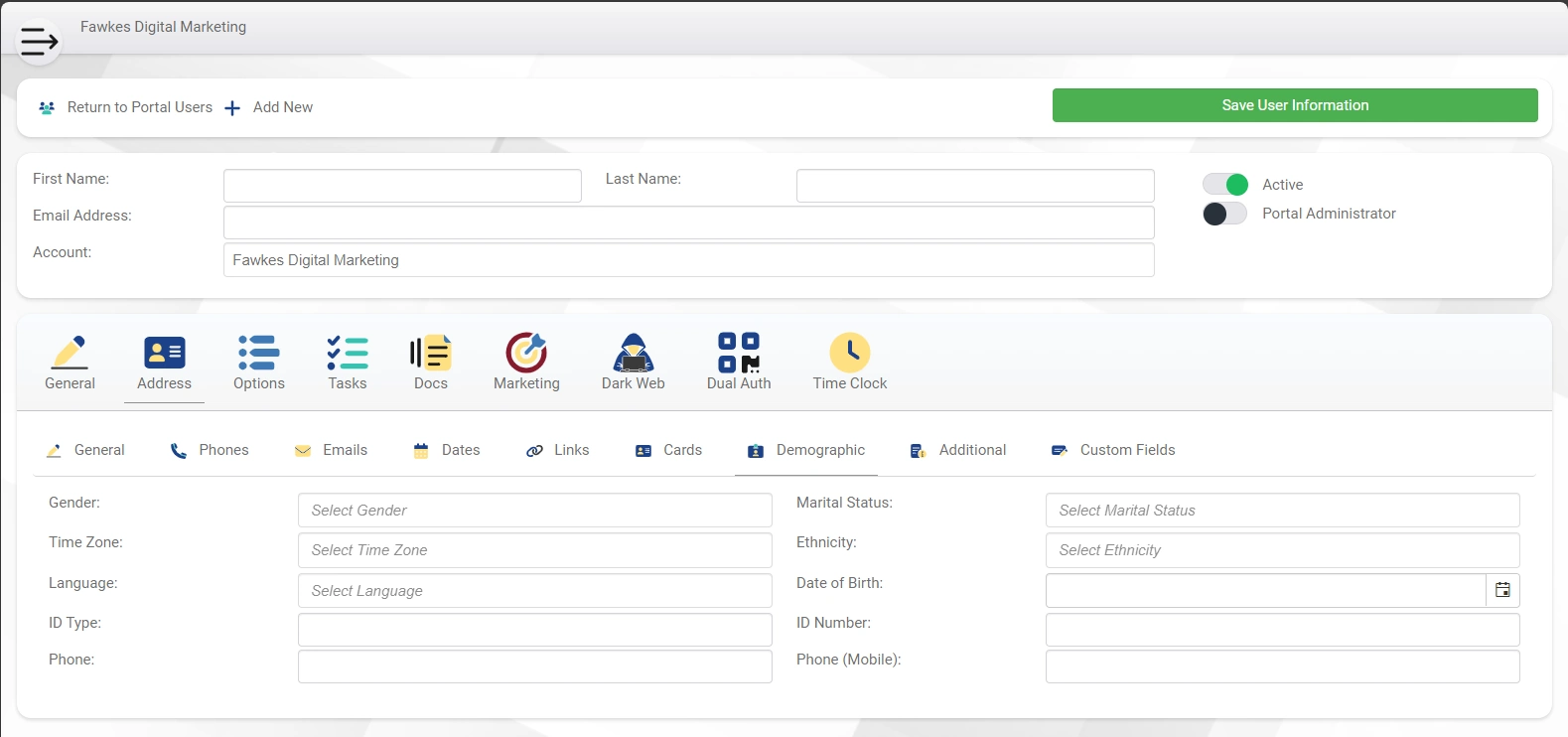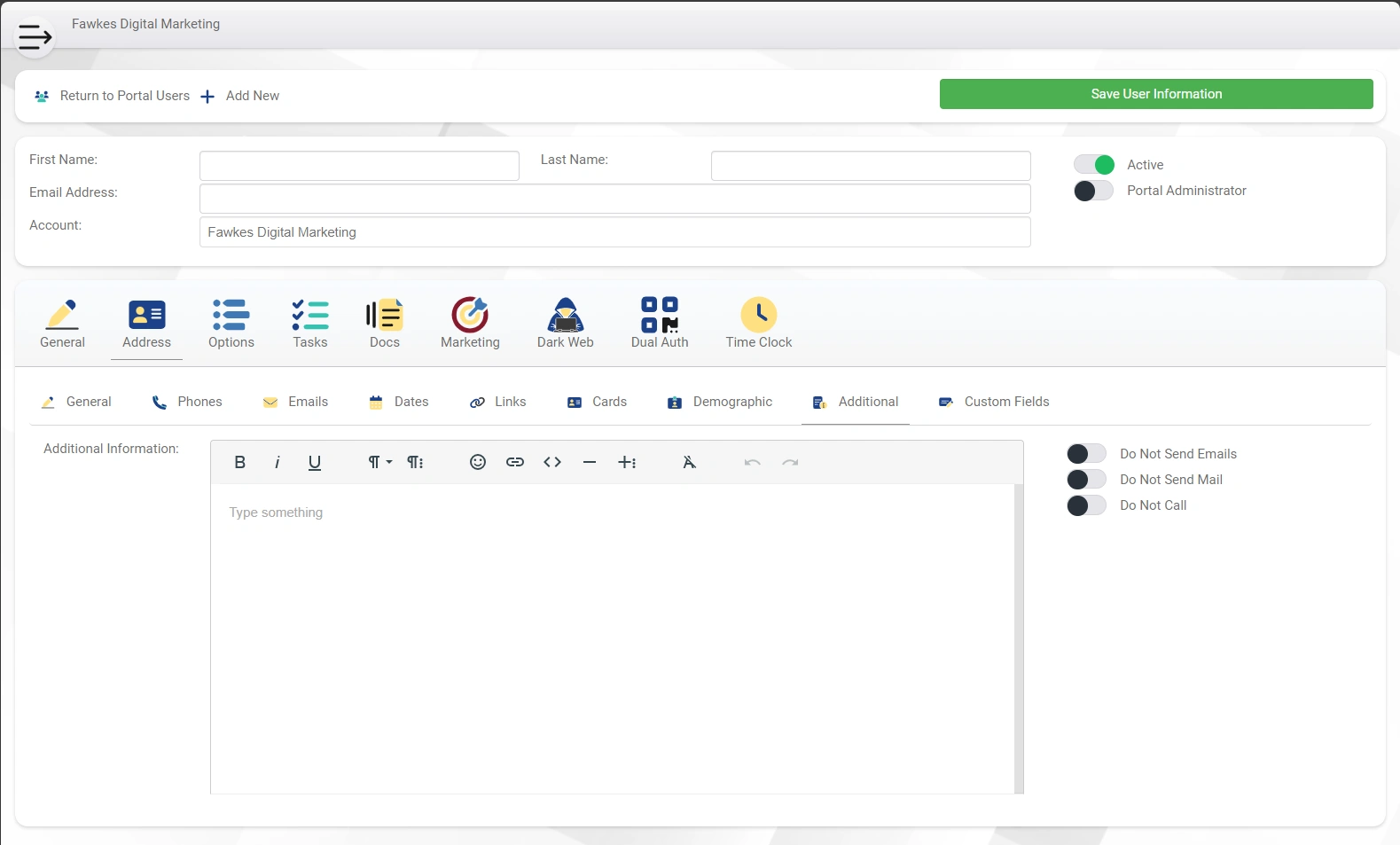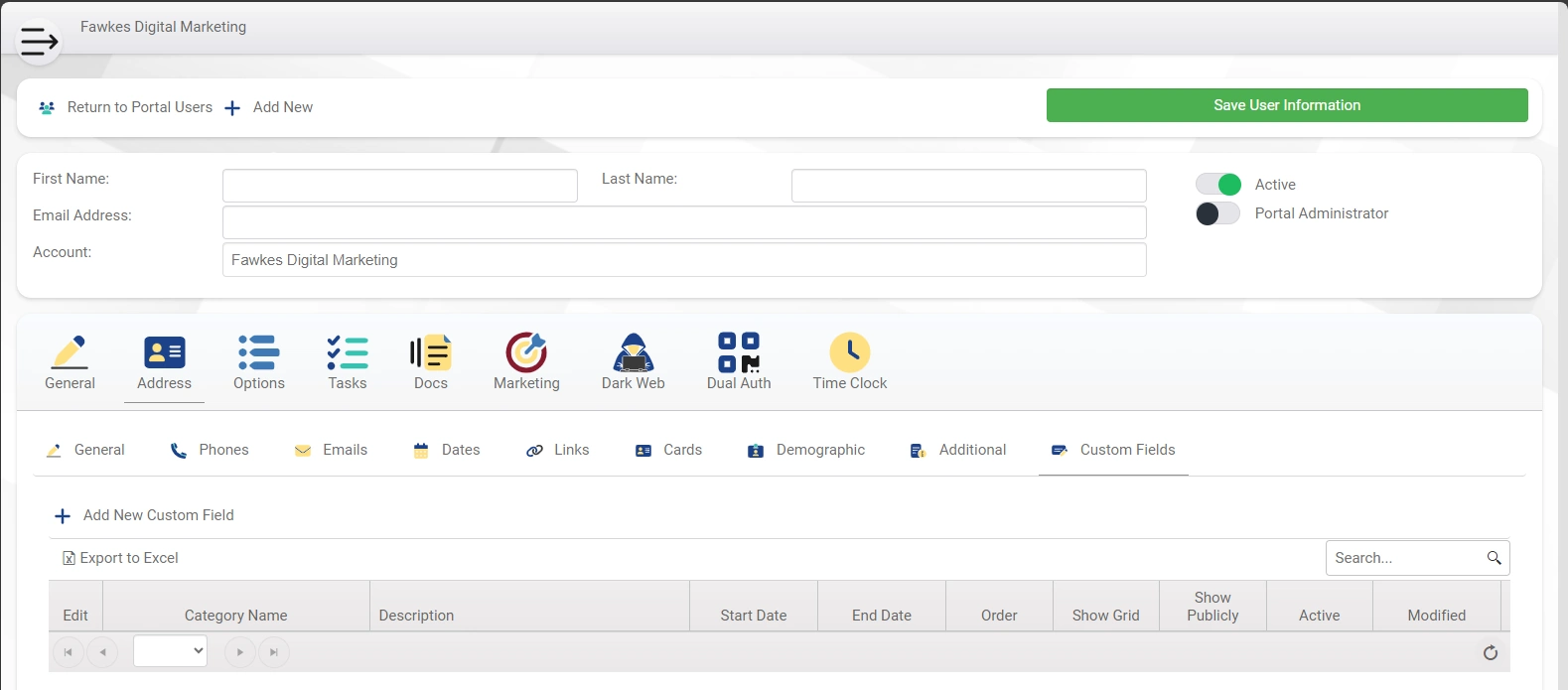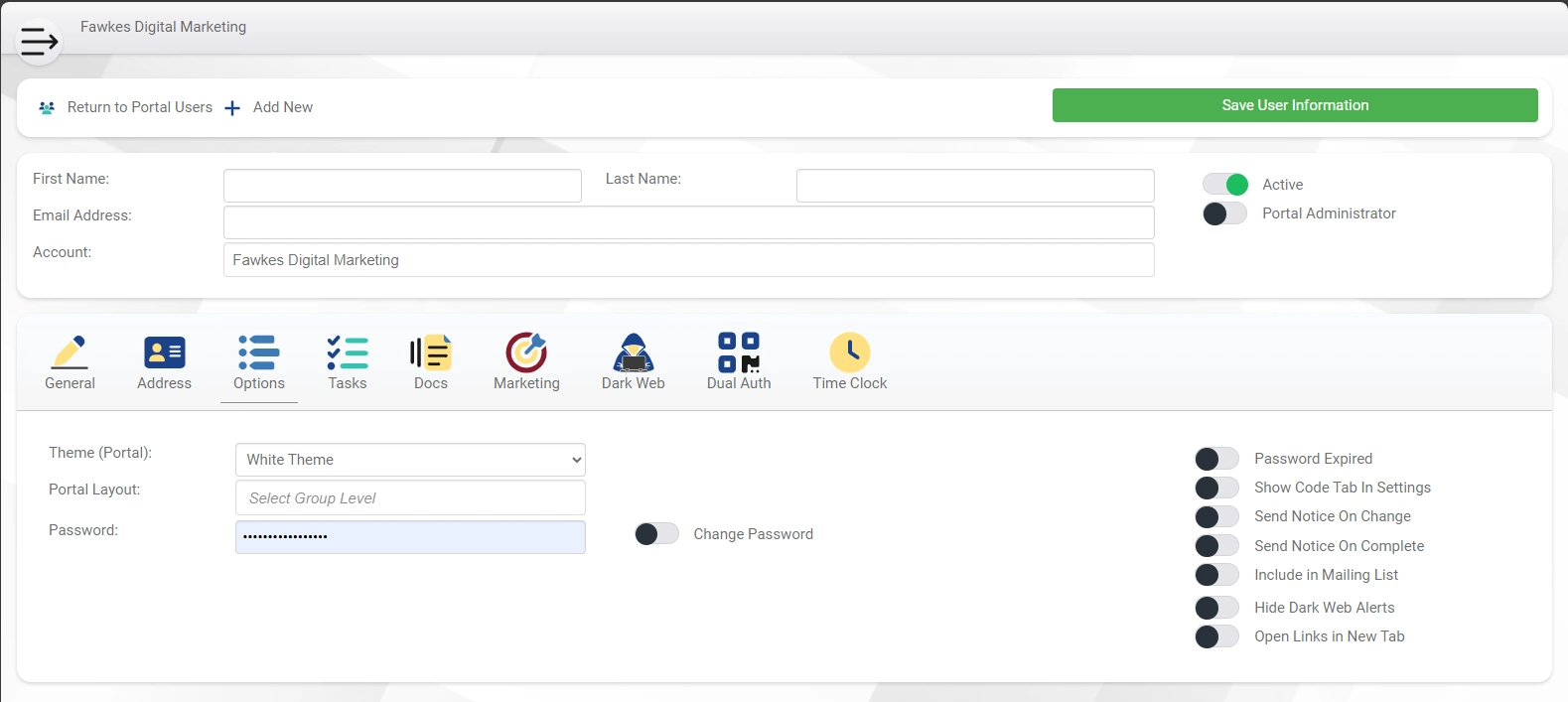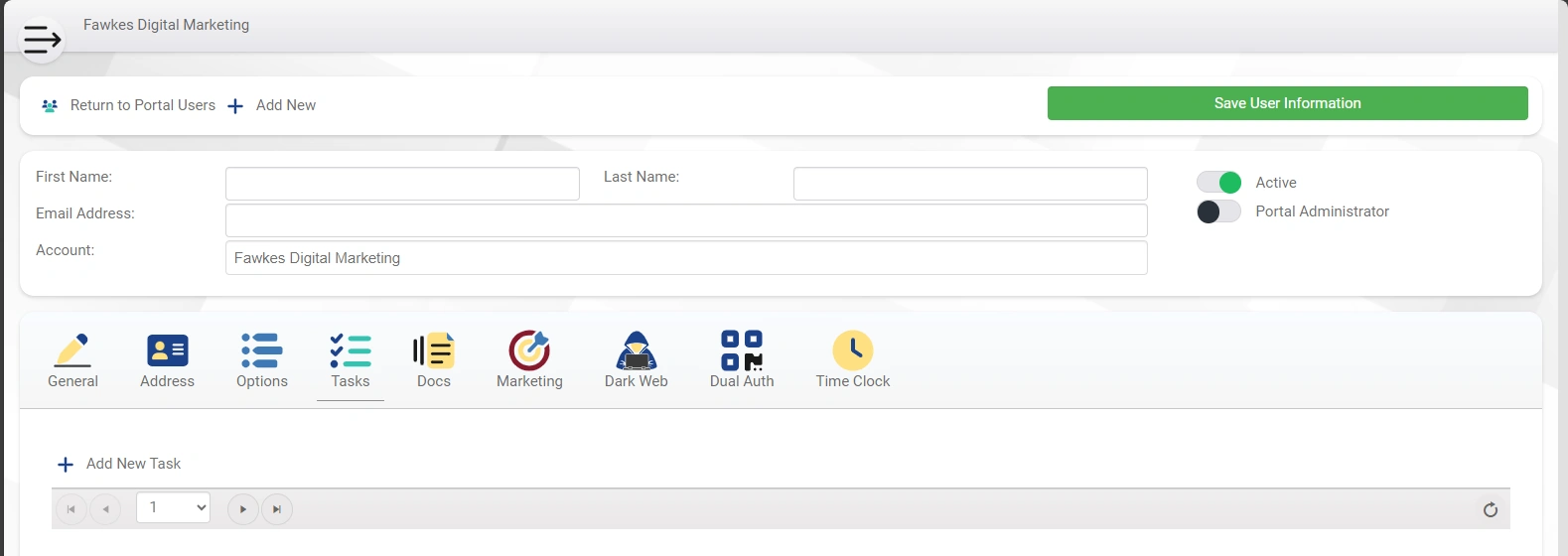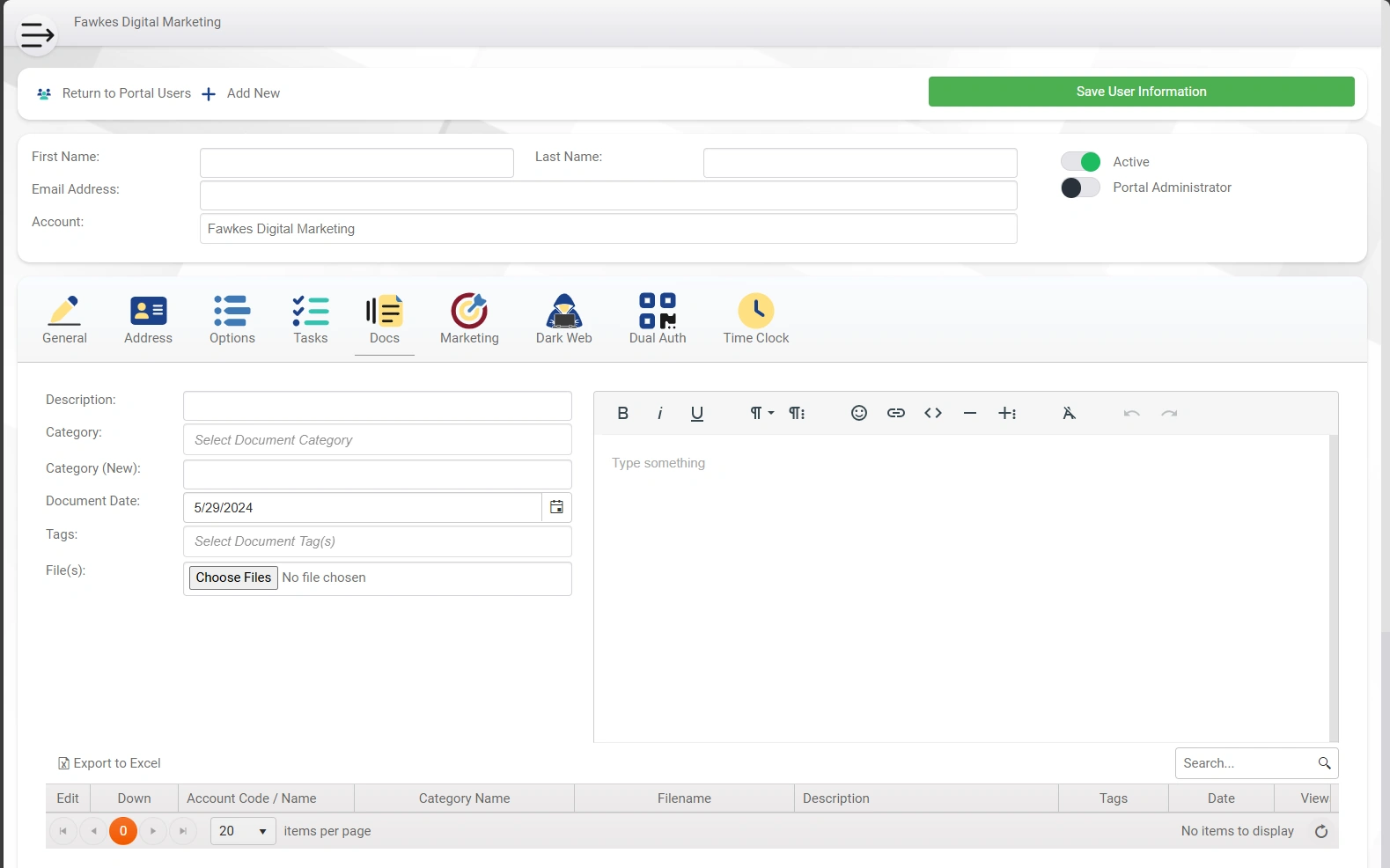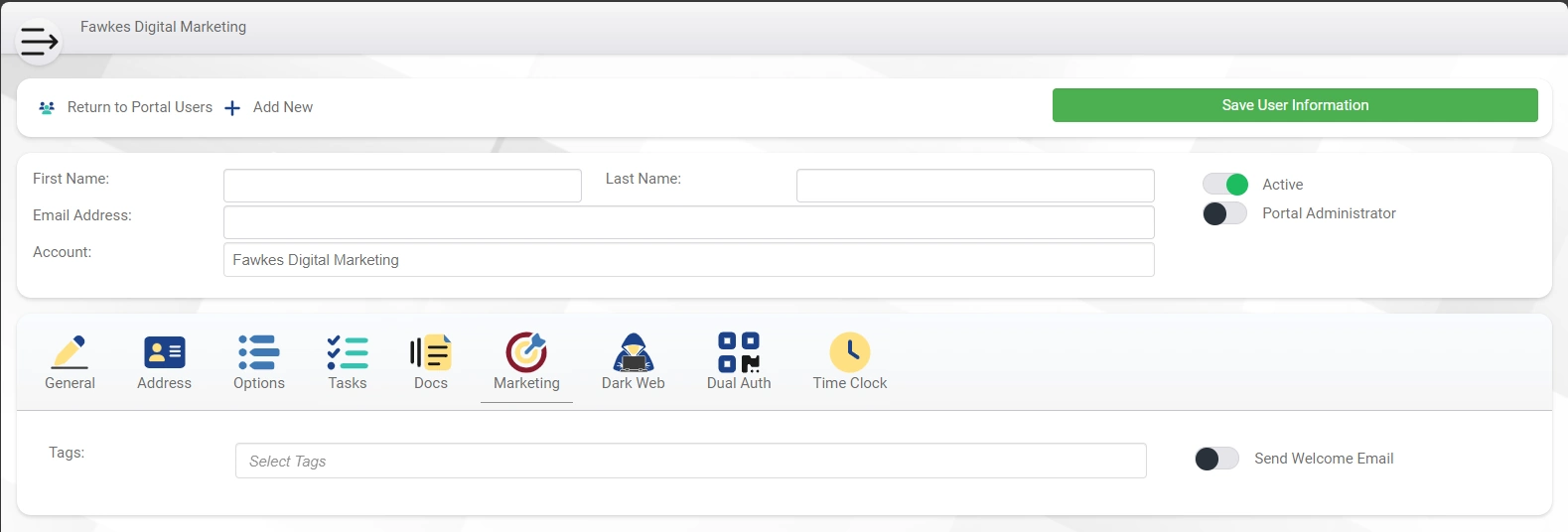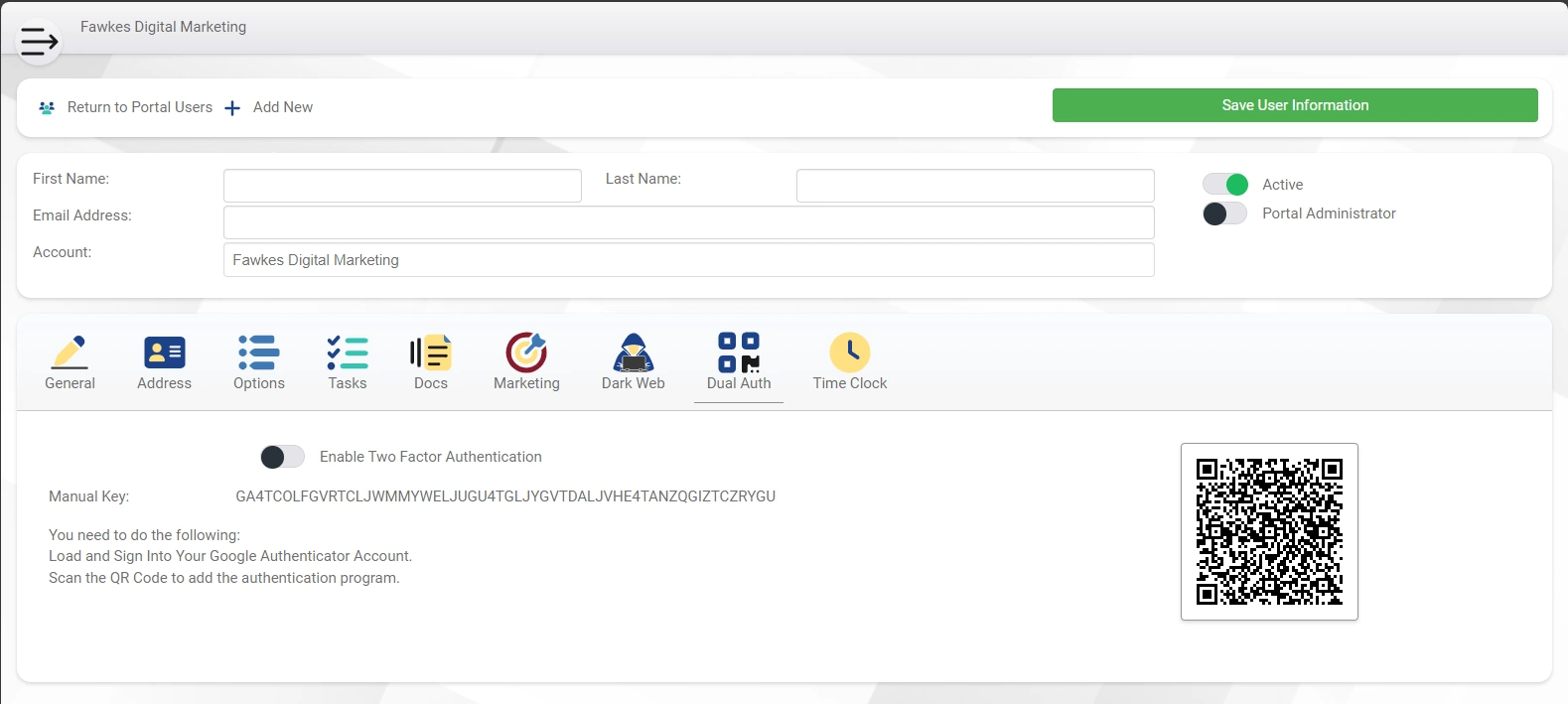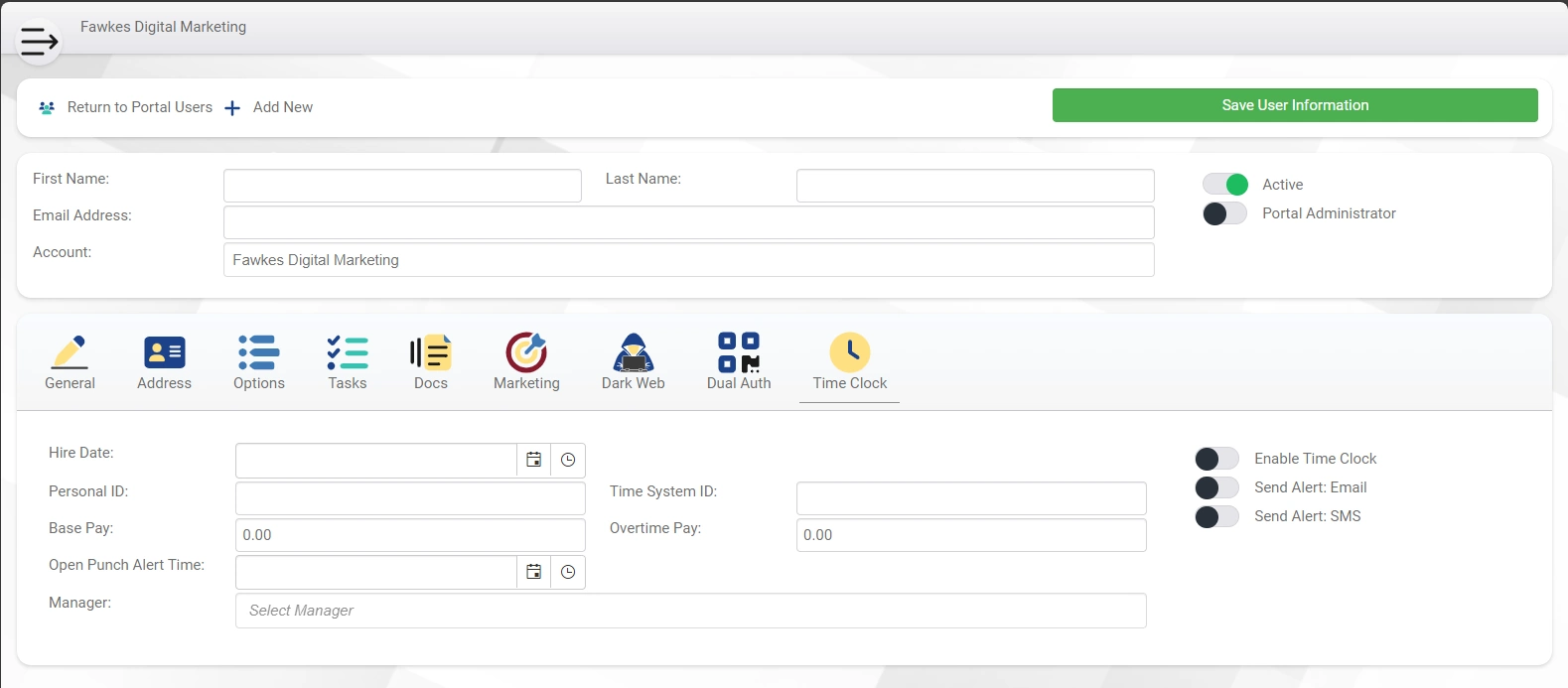Understanding Users in Brilliance CRM
In Brilliance CRM, users are the backbone of the entire system, serving as the primary actors who interact with various modules to drive business operations. A user in Brilliance CRM can be anyone with authorized access to the platform, including employees, managers, and administrators. Each user is assigned specific roles and permissions tailored to their responsibilities within the organization, ensuring that they have the appropriate access to the information and tools they need to perform their tasks efficiently.
Integration Across All Modules
Users in Brilliance CRM are seamlessly integrated across all modules, creating a cohesive and interconnected environment. Whether it's sales, marketing, customer support, or project management, every interaction and transaction is linked to a user account. This integration ensures that all activities are traceable, facilitating comprehensive tracking and reporting. For example, when a sales representative logs a new lead, the system records their user ID, which allows managers to monitor performance and track the lead's journey through the sales pipeline.
Functionality and Collaboration
The functionality of users within Brilliance CRM extends beyond individual tasks, promoting collaboration and efficiency. Users can share information, assign tasks, and communicate through the platform, fostering a collaborative environment. Additionally, the CRM's analytics and reporting tools aggregate data based on user activities, providing valuable insights into productivity and performance. By tying users to all modules, Brilliance CRM ensures that every action is accounted for, enabling better decision-making and a more streamlined workflow across the organization.
Key Features For Users
- Track Necessary User Information
- Users can be assigned to Accounts or unattached
- Addresses: Full address functionality along with the ability to set "Do Not Market" controls (emails, mail, SMS, texts, etc.)
- Phones
- Email Addresses
- Dates (with reminders)
- Links (URLs)
- Cards (with reminders)
- Demographics
- Members
- Additional Information
- Custom Fields (with reminders)
- Marketing
- Control Access To The Portal Dashboard
- User Link Pages (similar to Linktr.ee)
- Tied into every module
- Assign to one, or more, user security groups
- Two Factor Authorization (2FA or TFA) rules
- Module Tracking (if enabled)
- Assign Manager to a User
- Assign default dashboard
- Dark Web Integration
- Set contact options
- Reset Password
- Add tags for marketing purposes

